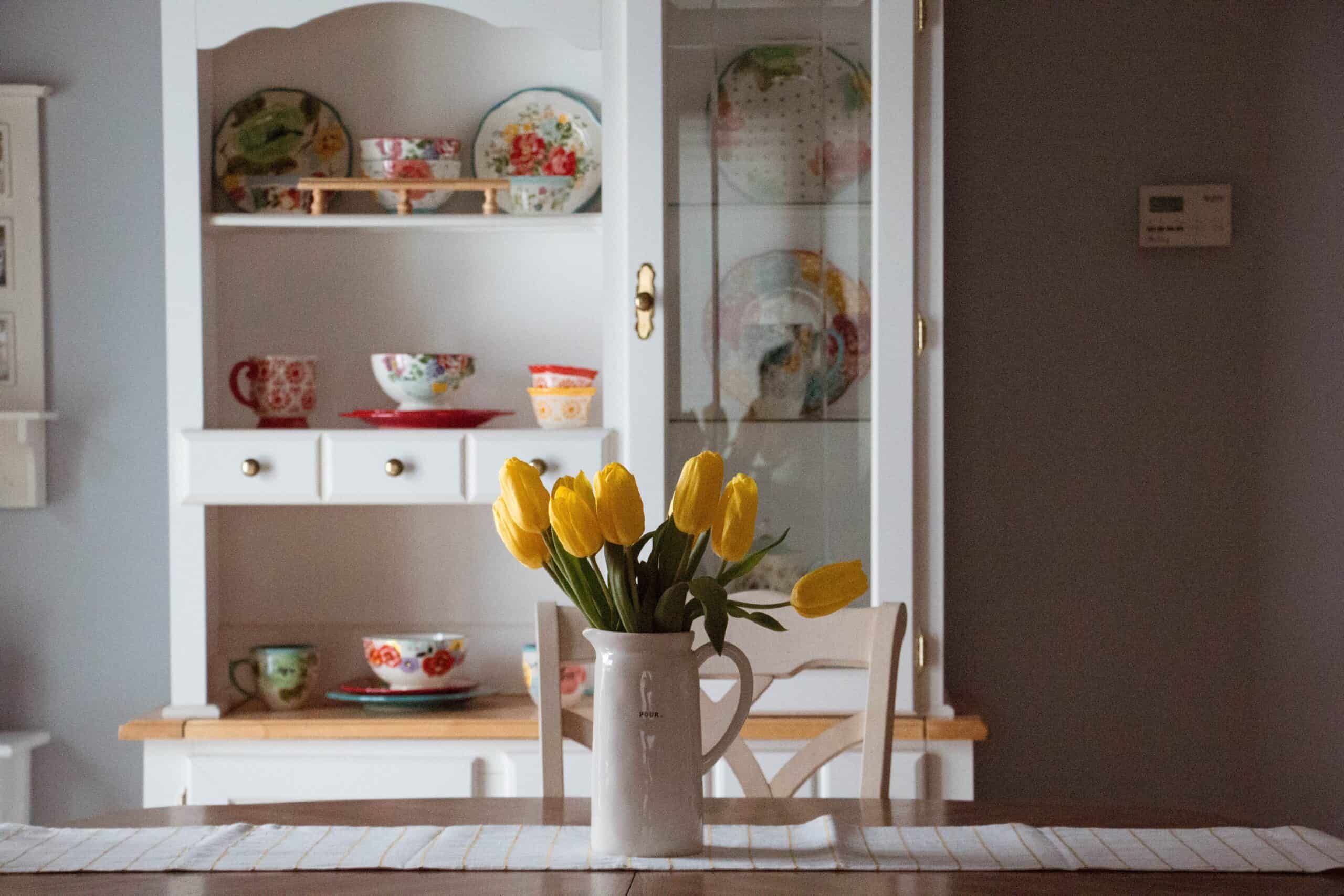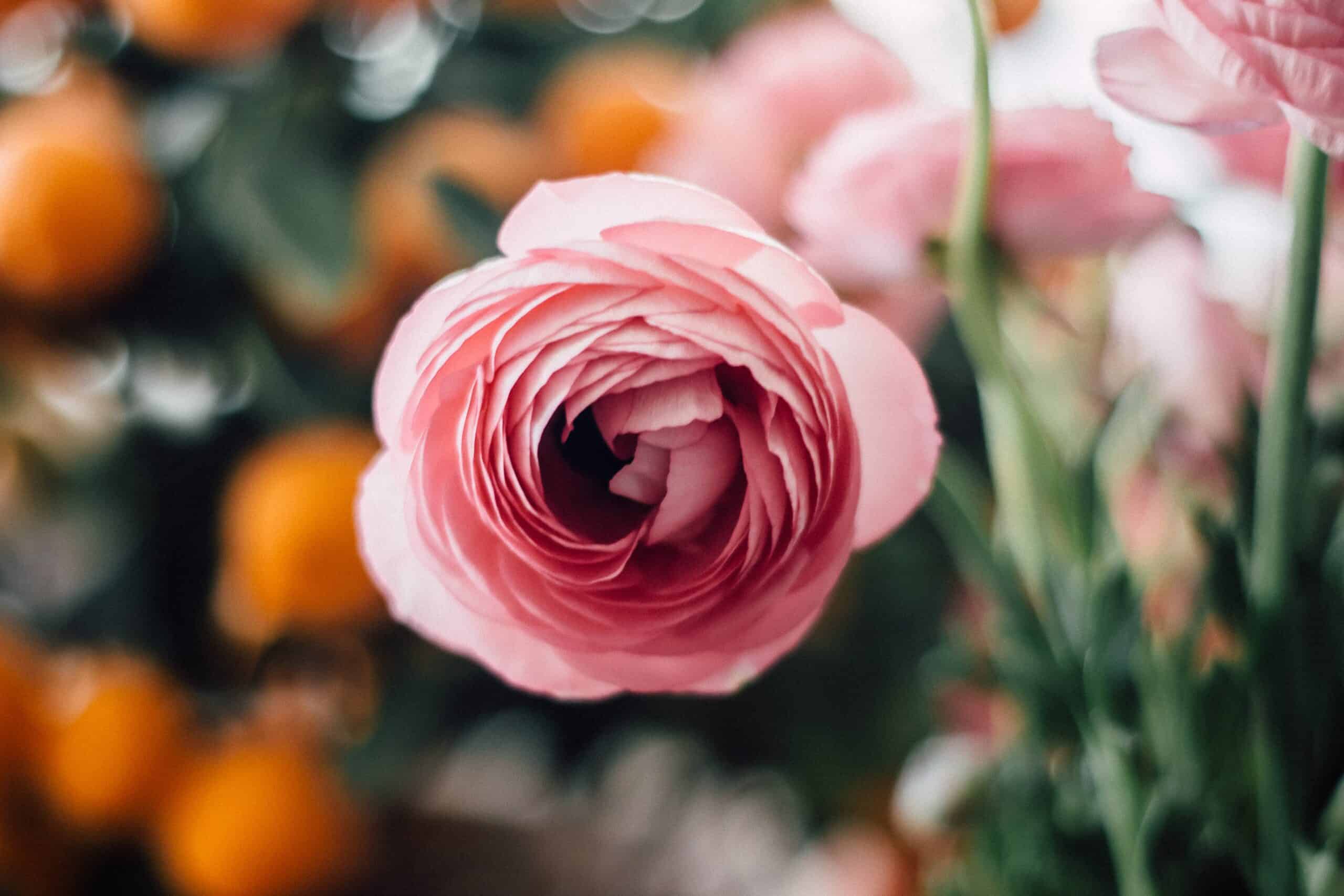With an intriguing history and symbolism, Fragrant Rondeletia (Rondeletia odorata) is an attractive addition to any garden that delivers all year round. Ironically, this beautiful flower, also known as the Panama Rose, does not look much or smell like a rose at all. Nevertheless, this colorful flower produces round clusters made up of small blooms with five orange petals surrounding a deep yellow throat.
Fragrant Rondeletia is a member of the Rondeletia genus, part of the Balsaminaceae family. This flower is considered a perennial, typically living more than two seasons but not indefinitely. Depending on the growing conditions, they can reach up to 1.5 m (5 ft) in height.
Meaning and Symbolism
The beautiful Fragrant Rondeletia, also known as the Panama Rose, is said to symbolize family values and strength, innocence, peace, and happiness. The blooms simultaneously signify a new beginning and its significance in the Latin culture is a representation of eternal love.
The genus name, Rondeletia, refers to the French naturalist Jacques-Rémy Rondelet (1507-1566). The species name, odorata, is derived from the Latin word for “scented” although ironically, this plant is not scented.
History, Mythology, and Religious Significance
Fragrant Rondeletia has quite an interesting history. It is believed to have been first discovered by Jacques-Rémy Rondelet, who was sent to Honduras by his king, Francis the First. While performing his research, Jacques-Remy came across this unique flower, documented it, and gave it the name of the French diplomat, Jean Girard Rondelet.
This flower has been a part of several religious ceremonies. Aztecs used Fragrant Rondeletia in their funerary rites to honor their dead. The flower was believed to be a passage for the deceased souls to the afterlife.
Flower Varieties and Their Defining Characteristics
Fragrant Rondeletia has two main varieties: Rondeletia amoena and Rondeletia odorata. The former variety has deep green leaves while the latter’s leaves are lighter green in color. The petals of the amoena variety have a deep pink center, whereas the petals of the odorata variety have a yellow center. The defining characteristic of the Fragrant Rondeletia is its rich orange blooms that remind one of candy.
How to Plant and Grow Fragrant Rondeletia
Fragrant Rondeletia is a tropical flower, so it thrives in warm and humid weather. Plant it in a well-drained soil with a pH level of 6.0-7.8. Fragrant Rondeletia requires full sun to partial shade to grow properly, so choose a spot where it can receive at least 6 hours of sunlight for the best results.
If it’s being grown outdoors, water the soil around the flower every day. When growing Fragrant Rondeletia indoors, it requires regular misting to increase the humidity level. This helps to keep the leaves soft and supple. Fertilize Fragrant Rondeletia every two weeks with a water-soluble fertilizer to encourage healthy growth and abundant blooms.
How to Pot and Repot Fragrant Rondeletia
Fragrant Rondeletia is suitable for both indoor and outdoor potting, but keep in mind that it needs more space than other plants, so choose a pot that is at least twice the size of the existing root ball. To ensure proper drainage, add a layer of small stones at the bottom of the pot before adding in soil and the plant.
When repotting Fragrant Rondeletia, the most important step is to acclimate the roots to the new soil and pot. To do this, loosen the root ball gently and add equal amounts of soil and compost to the existing soil. Put the plant in the new pot and continue to water it regularly to help the plant settle in its new environment.
How to Prune Fragrant Rondeletia
To keep Fragrant Rondeletia looking tidy and attractive, regular pruning is essential. Pruning helps to encourage the growth of new branches and blooms, as well as to control the size of the plant. Use garden scissors to prune the dead heads, stems, and foliage about every one to two months, depending on the climate and condition of the plant.
Remember to sterilize the scissors before and after use with rubbing alcohol to avoid the spread of any diseases or pests. After pruning the plant, apply a liquid fertiliser to the roots to help it recover from the pruning.
How to Propagate Fragrant Rondeletia
Fragrant Rondeletia can be propagated through stem cuttings as well as through seed. To propagate through stem cuttings, take a cutting of at least 6 inches (15 cm) in length and remove the lower leaves. Dip the cut end in a rooting hormone such as indole-3-butyric acid and place it in a damp, moist potting soil. When planting the stem cutting ensure that the cut end is in contact with the soil.
Water the soil regularly and keep it in a spot that receives bright indirect light. The stem cutting should root within a few weeks.
Common Pests and Diseases
Fragrant Rondeletia is prone to various plant diseases and pests such as aphids, mealybugs, powdery mildew, and leaf spot. To prevent these issues, it is important to properly care for the plant. Provide the plant with adequate amounts of sunlight, water, and nutrients. Avoid overwatering and underwatering the soil so that it does not become dry or soggy.
It is also important to regularly check the plant for any signs of pests or diseases. If any are spotted, immediately take measures to treat it. Chemical insecticides and fungicides can be used to treat pests and diseases, respectively.
Three Frequently Asked Questions about Rondeletia odorata
1. How big do Fragrant Rondeletia plants grow?
Fragrant Rondeletia plants are typically small, reaching up to 1.5 m in height, depending on the growing conditions.
2. What type of soil should I use to grow Fragrant Rondeletia?
Fragrant Rondeletia prefers a well-drained soil with a pH level of 6.0-7.8.
3. How often should Fragrant Rondeletia be fertilized?
Fragrant Rondeletia should be fertilized every two weeks with a water-soluble fertilizer to keep it healthy and encourage abundant blooms.
Table Fact Sheet
| Name | Value |
|---|---|
| Fragrant Rondeletia | Rondeletia odorata |
| Family | Balsaminaceae |
| Plant Type | Perennial |
| Mature Size | 1.5 m (5 ft) |
| Sun Exposure | Full Sun to Partial Shade |
| Soil Type | Well-drained soil |
| Soil pH | 6.0-7.8 |
| Bloom Time | Most of the Year |
| Flower Color | Orange with Yellow Center |
| Hardiness Zones | 10 – 12 |
| Native Area | Honduras |
What we love from Amazon this week
Buy these wonderful flowers directly from Amazon:















